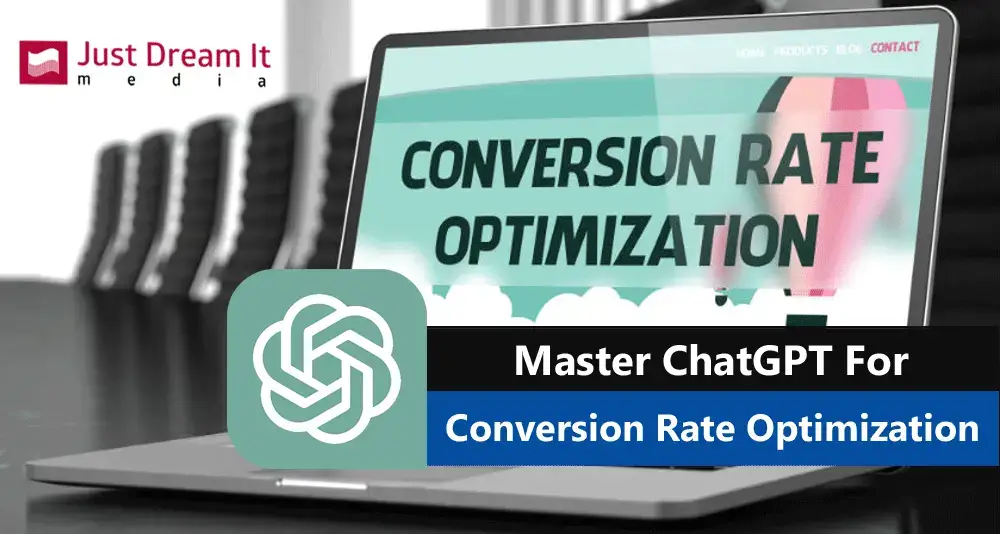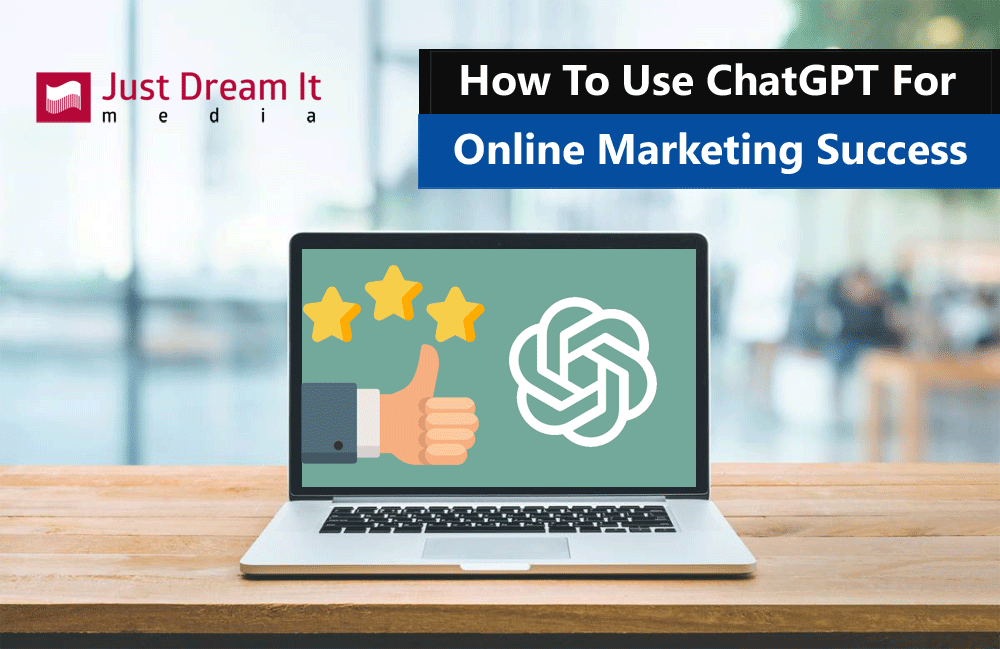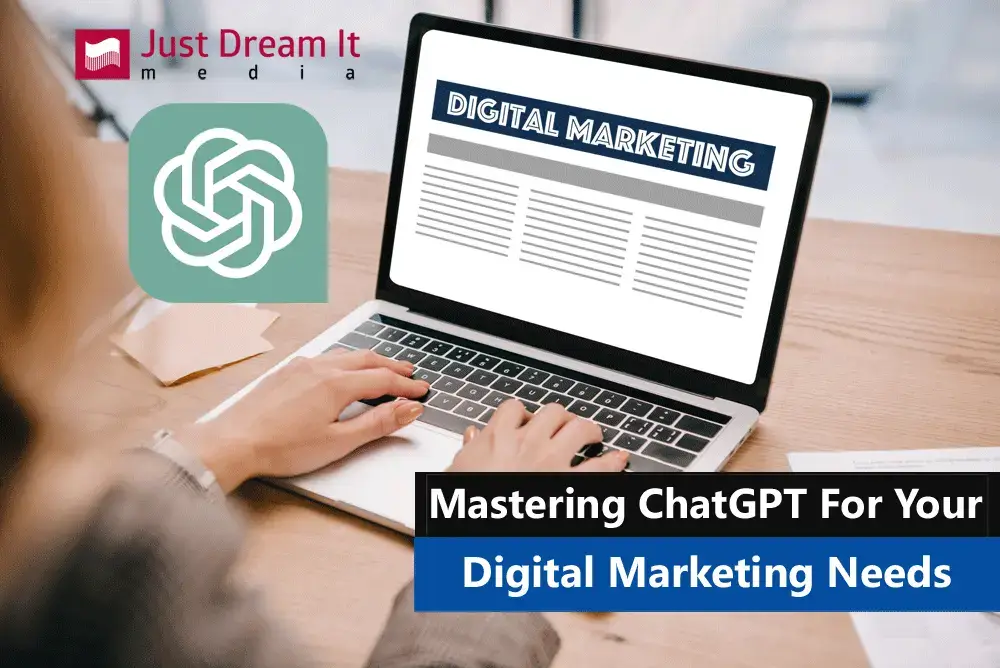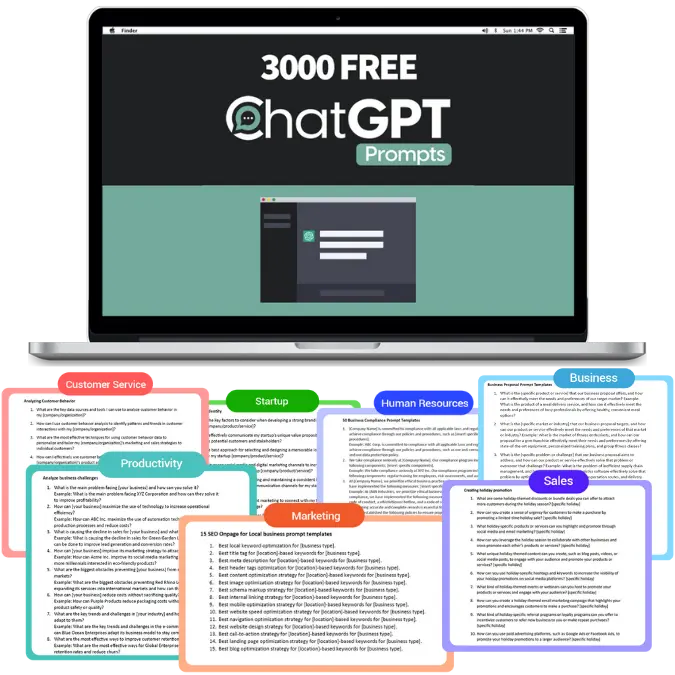Master ChatGPT for Conversion Rate Optimization: Unlock the Full Potential of AI-Powered Marketing
Artificial intelligence (AI) has revolutionized the marketing landscape, making it possible for businesses to better target their audiences, personalize content, and optimize conversion rates. In this article, we will explore how ChatGPT, an AI language model based on the GPT-4 architecture, can be used to enhance marketing strategies, providing real-life examples and practical advice for beginners.
Understanding ChatGPT
ChatGPT, an advanced AI model developed by OpenAI, is designed to generate human-like text based on specific prompts. It can be used for various marketing purposes, from crafting compelling email campaigns to creating engaging social media content. In this article, we will explore how ChatGPT can be integrated into different aspects of marketing for conversion rate optimization (CRO).
The Power of ChatGPT for Conversion Rate Optimization (CRO)
ChatGPT offers numerous benefits for CRO, including improved content quality, increased personalization, and more efficient audience targeting. By leveraging the capabilities of ChatGPT, marketers can optimize their campaigns and ultimately drive more conversions.
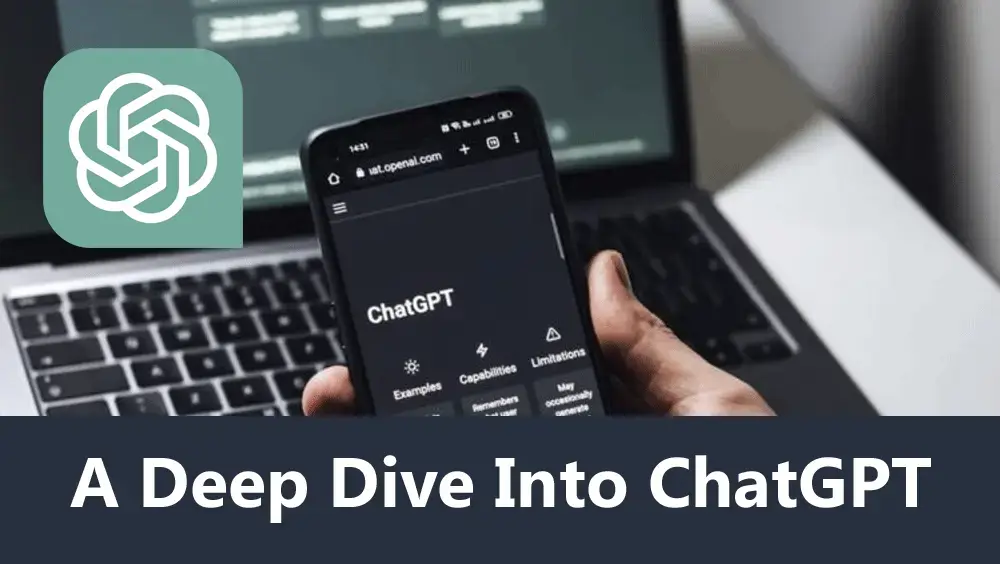
A Deep Dive into ChatGPT
The GPT-4 Architecture
The GPT-4 architecture is the foundation of ChatGPT. It is a powerful language model that uses deep learning techniques to generate human-like text based on given prompts. This advanced technology enables the AI to understand context and create content that is relevant, engaging, and informative.
Key Features and Benefits
ChatGPT offers various features and benefits that make it an excellent tool for marketing professionals, including:
1. High-quality content generation: ChatGPT can create well-structured, engaging, and informative content, making it perfect for crafting compelling marketing messages.
2. Personalization: The AI model can be used to generate personalized content tailored to different segments of your audience.
3. Scalability: ChatGPT allows marketers to create large volumes of content quickly and efficiently, saving time and resources.
The Role of ChatGPT in Marketing
ChatGPT can be utilized in several aspects of marketing, including email campaigns, social media content, blog posts, and customer support. By integrating ChatGPT into your marketing strategy, you can improve the quality of your content, better target your audience, and ultimately boost conversions.
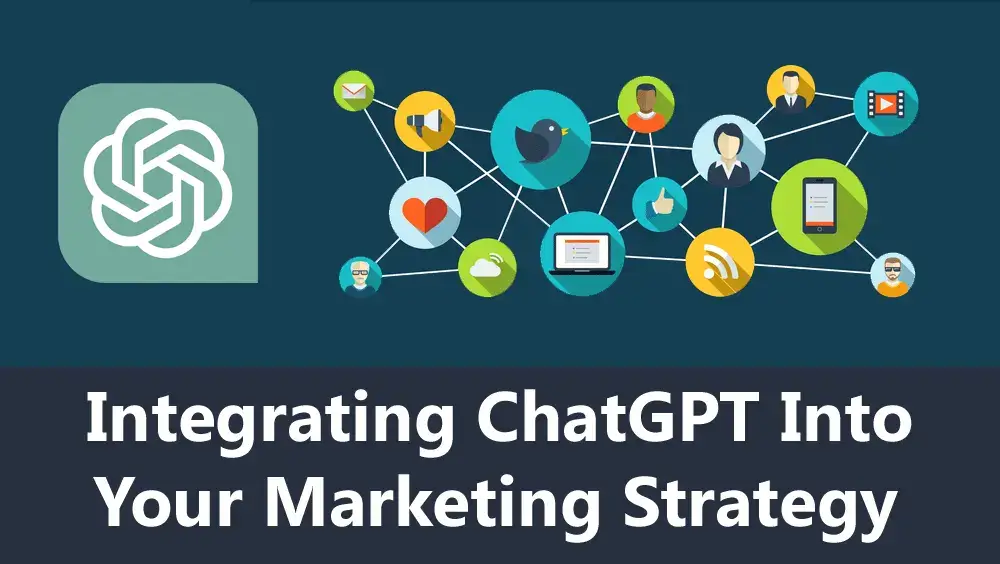
Integrating ChatGPT into Your Marketing Strategy
Email Marketing Campaigns
AI-powered email marketing campaigns can help improve open rates, click-through rates, and conversions. For example, ChatGPT can be used to craft engaging subject lines and email copy tailored to specific segments of your audience. By using AI-generated content, you can save time and resources while maximizing the effectiveness of your email campaigns.
Step-by-step process:
1. Define your audience segments and their preferences.
2. Set the appropriate parameters and prompts for ChatGPT to generate personalized email content.
3. Review and fine-tune the generated content to ensure it meets your marketing goals.
4. Monitor the performance of your AI-powered email campaigns and adjust as needed.
Social Media Content
Creating engaging social media content is crucial for driving traffic and conversions. ChatGPT can be used to generate captivating captions, post copy, and even hashtag suggestions. This can help you maintain a consistent posting schedule and keep your audience engaged.
Step-by-step process:
1. Determine your social media goals and target audience.
2. Use ChatGPT to generate content tailored to your audience’s preferences and interests.
3. Schedule and publish the AI-generated content on your social media platforms.
4. Monitor engagement and make adjustments as needed to optimize performance.
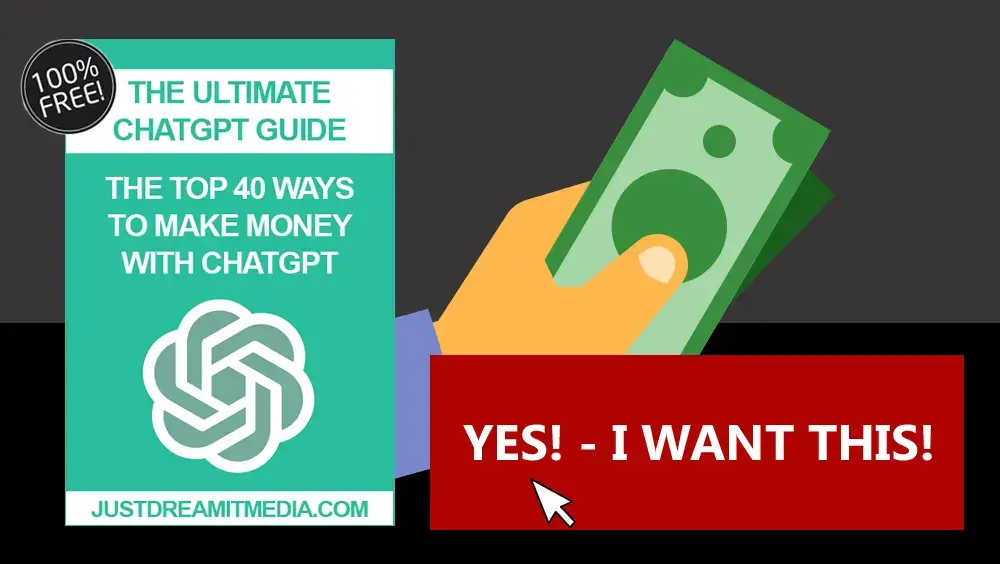
Blogging and SEO
One of the key aspects of successful content marketing is creating high-quality, SEO-optimized blog posts that drive organic traffic to your website. ChatGPT can help you generate well-structured, informative, and engaging content that ranks well in search engine results.
Step-by-step process:
1. Identify the long-tail keywords with high search volume and low competition, such as “AI-powered marketing strategies” or “improving SEO with AI-generated content.”
2. Set the parameters and prompts for ChatGPT to create content centered around these keywords.
3. Review and refine the generated content to ensure it is well-structured, informative, and engaging while incorporating the chosen keywords naturally.
4. Publish the AI-generated blog posts on your website and monitor their performance in search engine rankings.
Chatbots and Customer Support
ChatGPT can be used to create AI-powered chatbots that provide real-time, personalized customer support. These chatbots can help improve customer satisfaction, reduce response times, and ultimately drive conversions.
Step-by-step process:
1. Define the scope and purpose of your chatbot, such as answering frequently asked questions or providing product recommendations.
2. Use ChatGPT to generate conversational responses based on your chatbot’s purpose.
3. Integrate the AI-generated responses into your chatbot platform.
4. Monitor the chatbot’s performance and make adjustments as needed to improve the customer experience.
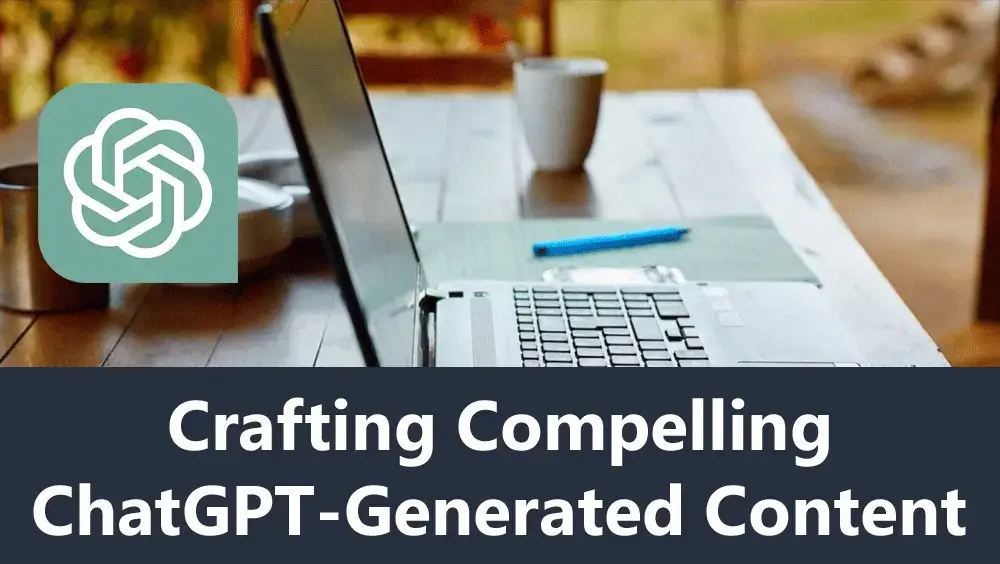
Crafting Compelling ChatGPT-Generated Content
Setting the Right Parameters
To generate high-quality, relevant content with ChatGPT, it is essential to set the appropriate parameters, such as token limits, temperature, and top-p. This helps ensure that the AI-generated text meets your marketing goals and provides value to your audience.
Using Prompts Effectively
Crafting effective prompts is crucial for guiding ChatGPT to create the desired content. Be specific and clear in your prompts to obtain more accurate and relevant text. You may need to iterate and fine-tune your prompts to achieve the best results.
Advanced Techniques for More Human-Like Text
Experiment with advanced techniques like using conversational prompts or incorporating examples in your prompts to guide ChatGPT in generating more human-like content. This can help you create more engaging, relatable, and persuasive marketing messages.
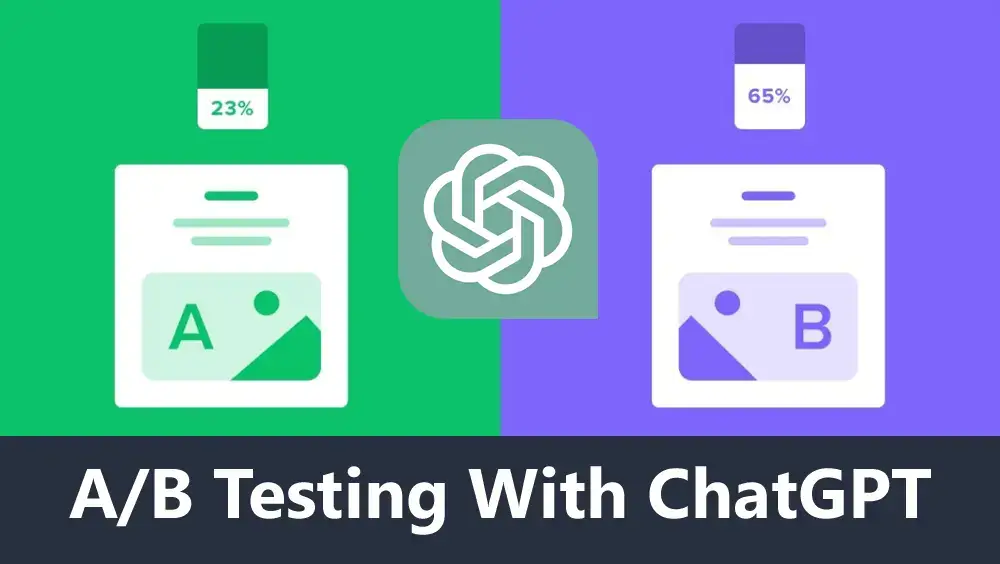
A/B Testing with ChatGPT
The Importance of A/B Testing in CRO
A/B testing is an essential process for optimizing conversion rates. It involves creating and comparing two or more versions of a marketing element to determine which one performs better.
Designing A/B Tests with ChatGPT
ChatGPT can be used to create multiple versions of content, such as email subject lines, social media captions, or blog post titles, for A/B testing purposes. By comparing the performance of different AI-generated content, you can identify the most effective marketing messages and strategies.
Step-by-step process:
1. Define the marketing element you want to test (e.g., email subject lines, blog post titles, or social media captions).
2. Use ChatGPT to generate multiple variations of the element.
3. Set up the A/B test by randomly assigning each variation to a segment of your audience.
4. Monitor the performance of each variation, comparing metrics like click-through rates, conversions, or engagement.
5. Analyze the results and implement the best-performing variation in your marketing strategy.
Analyzing Results and Iterating
Continuously analyze the results of your A/B tests and make data-driven adjustments to your marketing strategy. This iterative process will help you improve the effectiveness of your ChatGPT-generated content and optimize conversion rates.
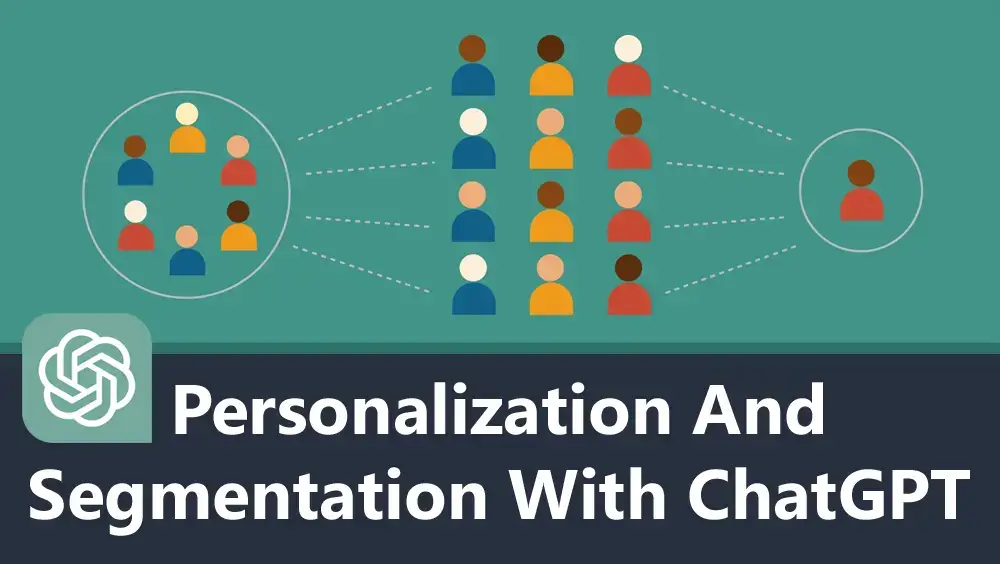
Personalization and Segmentation with ChatGPT
The Power of Personalization in Marketing
Personalization is a critical component of successful marketing campaigns. By using ChatGPT to create personalized content tailored to specific audience segments, you can enhance user experience and drive conversions.
Using ChatGPT for Dynamic Content
ChatGPT can be used to generate dynamic content that adapts to the preferences and interests of different audience segments. This can include personalized product recommendations, targeted promotions, and customized messaging.
Implementing ChatGPT for Audience Segmentation
To leverage ChatGPT for audience segmentation, you need to define your audience segments based on factors such as demographics, behavior, or interests. Once you have identified your segments, you can use ChatGPT to generate personalized content for each group, ensuring a more targeted and relevant user experience.
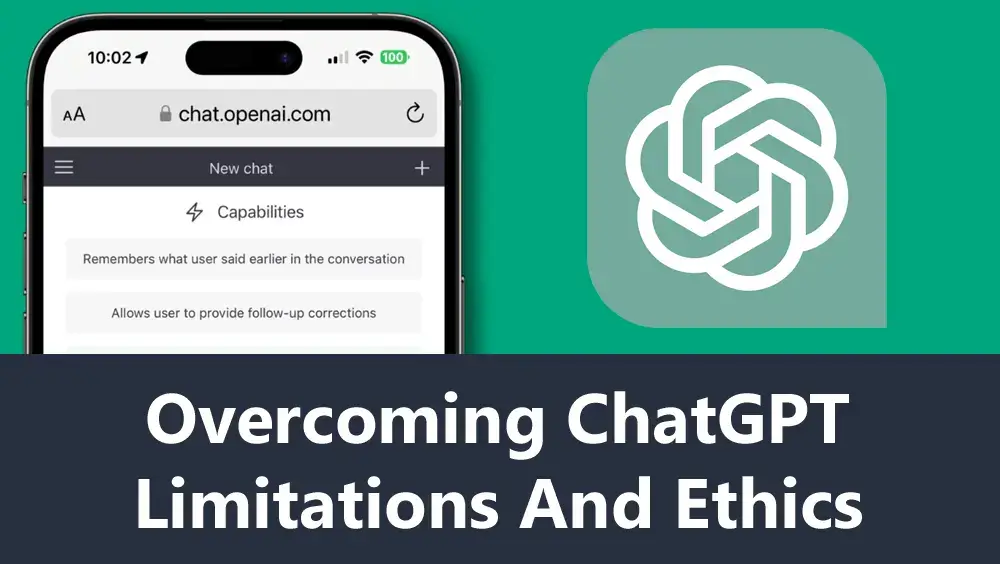
Overcoming ChatGPT Limitations and Ethics
The Issue of Bias in AI
One of the challenges of using AI-generated content is the potential for bias in the output. It’s essential to be aware of this issue and take steps to minimize the impact of bias on your marketing campaigns.
Strategies for addressing bias:
1. Regularly review and refine the training data used by ChatGPT to ensure it is diverse and representative.
2. Monitor the AI-generated content for potential biases and adjust the model’s parameters or prompts as needed.
Ensuring Quality Control
While ChatGPT is capable of generating high-quality content, it’s crucial to review and edit the output to ensure it meets your marketing goals and aligns with your brand voice. Establish a quality control process that involves human reviewers to maintain the highest content standards.
Navigating Ethical Considerations
When using AI-generated content for marketing, it’s essential to consider the ethical implications. Be transparent about your use of AI, and ensure that your campaigns provide genuine value to your audience while respecting their privacy and preferences.
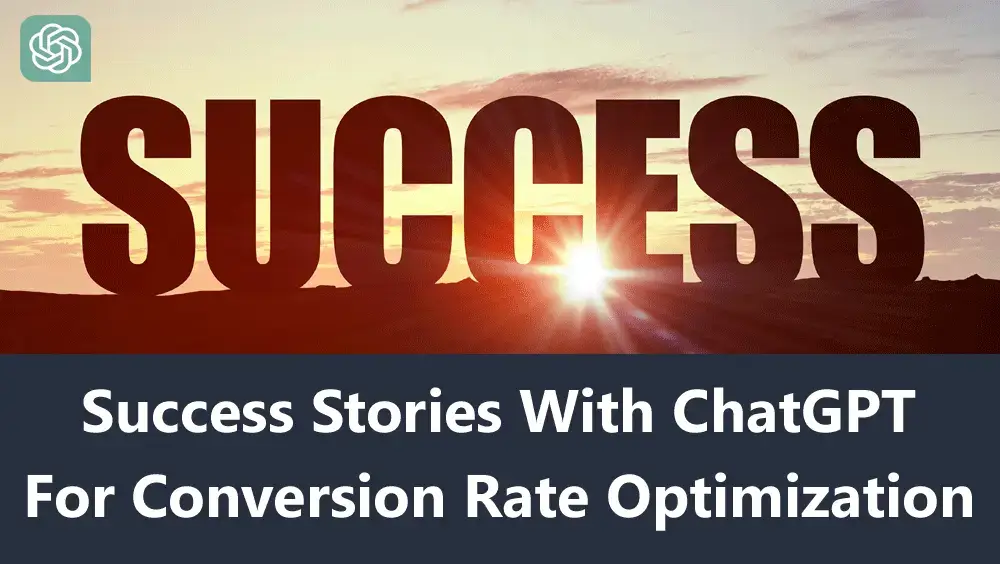
Case Studies: Success Stories with ChatGPT for Conversion Rate Optimization
Boosting Sales with AI-Generated Email Campaigns
An online clothing retailer utilized ChatGPT to create personalized email campaigns for different customer segments. By tailoring the email content to each recipient’s preferences, the retailer saw a significant increase in open rates, click-through rates, and sales.
Driving Traffic with ChatGPT-Enhanced Blogging
A tech company used ChatGPT to generate SEO-optimized blog posts targeting long-tail keywords, such as “AI-powered marketing strategies.” This led to a substantial increase in organic traffic and conversions, positioning the company as an industry thought leader.
Improving Customer Experience with AI-Powered Chatbots
A SaaS company integrated ChatGPT into their customer support chatbot, resulting in faster response times and more personalized assistance. This improved customer satisfaction and increased the likelihood of conversions and referrals.
The Future of ChatGPT in Conversion Rate Optimization
The use of ChatGPT in marketing is just beginning to scratch the surface of its potential. As AI technology continues to evolve, we can expect further advancements in the capabilities of ChatGPT, leading to even more effective and efficient marketing strategies for conversion rate optimization.
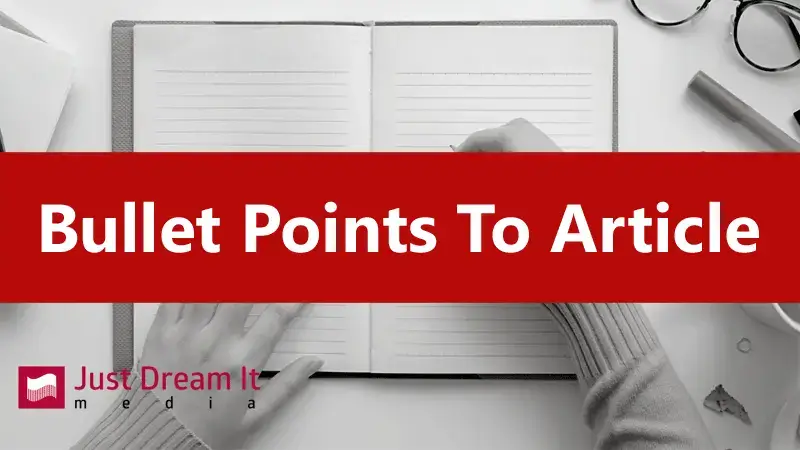
As a beginner diving into the world of ChatGPT for conversion rate optimization, it’s essential to understand the main points and concepts covered in the article above. Here’s a breakdown of the key takeaways:
1. Introduction to ChatGPT: ChatGPT is an AI language model based on the GPT-4 architecture that can be used for various marketing purposes, including content creation, personalization, and audience targeting.
2. The role of ChatGPT in marketing: ChatGPT can be integrated into different aspects of marketing, such as email campaigns, social media content, blog posts, and customer support, to enhance the quality of content and drive conversions.
3. Integrating ChatGPT into your marketing strategy: Learn how to use ChatGPT for email marketing campaigns, social media content creation, blogging for SEO, and developing AI-powered chatbots for customer support.
4. Crafting compelling ChatGPT-generated content: Discover the importance of setting the right parameters, using prompts effectively, and experimenting with advanced techniques to generate high-quality, engaging content.
5. A/B testing with ChatGPT: Understand the significance of A/B testing in conversion rate optimization and learn how to design and analyze A/B tests using ChatGPT-generated content.
6. Personalization and segmentation with ChatGPT: Explore the power of personalization in marketing and learn how to implement ChatGPT for dynamic content and audience segmentation.
7. Overcoming ChatGPT limitations and ethics: Address the challenges of bias in AI, ensure quality control, and navigate ethical considerations when using ChatGPT-generated content for marketing purposes.
8. Case studies: Gain insights from success stories where businesses have utilized ChatGPT for CRO, such as boosting sales with AI-generated email campaigns, driving traffic with ChatGPT-enhanced blogging, and improving customer experience with AI-powered chatbots.

Creating an action plan based on the article above will help you effectively implement ChatGPT for conversion rate optimization in your marketing strategy. Follow these steps to get started:
1. Familiarize yourself with ChatGPT: Research and understand the capabilities of ChatGPT, how it works, and its potential applications in marketing.
2. Identify your marketing goals: Determine your specific marketing objectives, such as increasing email open rates, driving more organic traffic to your website, or improving customer support response times.
3. Choose the relevant ChatGPT applications: Based on your marketing goals, select the areas where you want to integrate ChatGPT, such as email campaigns, social media content, blog posts, or customer support chatbots.
4. Learn how to set parameters and use prompts: Experiment with ChatGPT’s parameters and prompts to generate high-quality content that aligns with your marketing goals and brand voice.
5. Develop a content creation strategy: Create a plan for generating and publishing ChatGPT-generated content, including a schedule for content production and a quality control process involving human reviewers.
6. Implement personalization and segmentation: Define your audience segments and use ChatGPT to generate personalized content tailored to the preferences and interests of each group.
7. Design and execute A/B tests: Use ChatGPT to create multiple content variations for A/B testing, and analyze the results to optimize your marketing strategy for conversion rate improvement.
8. Monitor and address ethical considerations: Be aware of potential biases in AI-generated content and implement a review process to ensure ethical and unbiased marketing campaigns.
9. Measure the success of your ChatGPT-integrated campaigns: Track key performance indicators (KPIs) like click-through rates, conversions, and engagement to evaluate the effectiveness of your ChatGPT-generated content.
10. Iterate and optimize: Continuously analyze your campaigns’ performance, make data-driven adjustments, and refine your ChatGPT integration to improve conversion rates and achieve your marketing goals.
By following this action plan, you’ll be well-equipped to leverage ChatGPT in your marketing strategy and optimize your conversion rates.

As a beginner looking to understand ChatGPT’s role in conversion rate optimization, you might have some questions about the process and its implications.
Here are 10 great frequently asked questions with their respective answers, based on the information from the article above:
1. What is ChatGPT?
Answer: ChatGPT is an AI language model based on the GPT-4 architecture, which can be used for various marketing purposes, including content creation, personalization, and audience targeting.
2. How can ChatGPT be used in marketing?
Answer: ChatGPT can be integrated into different aspects of marketing, such as email campaigns, social media content, blog posts, and customer support, to enhance the quality of content and drive conversions.
3. What are some key parameters to set when using ChatGPT?
Answer: Important parameters to set when using ChatGPT include token limits, temperature, and top-p. These settings help ensure that the AI-generated text meets your marketing goals and provides value to your audience.
4. How can I ensure the quality of ChatGPT-generated content?
Answer: Implement a quality control process that involves human reviewers to maintain high content standards and ensure the generated content aligns with your marketing goals and brand voice.
5. What is A/B testing, and how can I use ChatGPT for it?
Answer: A/B testing is a process that compares two or more versions of a marketing element to determine which one performs better. You can use ChatGPT to create multiple content variations for A/B testing purposes and analyze the results to optimize your marketing strategy.
6. How can ChatGPT help with personalization and segmentation in marketing?
Answer: ChatGPT can generate dynamic content that adapts to the preferences and interests of different audience segments, enhancing user experience and driving conversions.
7. What are some potential risks and ethical considerations when using ChatGPT for marketing?
Answer: Potential risks include biased content and content that doesn’t align with your brand voice. To address these risks, implement a quality control process and be transparent about your use of AI while providing genuine value to your audience.
8. What are some examples of success stories using ChatGPT for conversion rate optimization?
Answer: Success stories include boosting sales with AI-generated email campaigns, driving traffic with ChatGPT-enhanced blogging, and improving customer experience with AI-powered chatbots.
9. How can I measure the success of my ChatGPT-integrated marketing campaigns?
Answer: Track key performance indicators (KPIs) like click-through rates, conversions, and engagement to evaluate the effectiveness of your ChatGPT-generated content.
10. What industries or business types can benefit most from using ChatGPT for CRO?
Answer: ChatGPT can benefit a wide range of industries and business types, including e-commerce, SaaS, technology companies, and content marketing agencies, among others.
Conclusion
In conclusion, ChatGPT is a powerful AI language model with immense potential for driving conversion rate optimization across various marketing channels. By leveraging its capabilities in content creation, personalization, and audience segmentation, businesses can create more targeted and engaging marketing campaigns that resonate with their audience, leading to increased conversions and revenue growth.
The article provided insights into integrating ChatGPT into different aspects of marketing, such as email campaigns, social media, blogging, and customer support, along with strategies for generating high-quality content, implementing A/B testing, and overcoming potential limitations and ethical considerations.
To make the most of ChatGPT’s potential, it’s essential to have a clear action plan that includes setting the right parameters, using prompts effectively, establishing a quality control process, and continuously iterating and optimizing your marketing strategies based on data-driven insights.
Now is the perfect time to take action and begin integrating ChatGPT into your marketing efforts to boost conversion rates and achieve your business goals. Don’t miss out on the opportunity to harness the power of AI for the success of your marketing campaigns and overall business growth.

